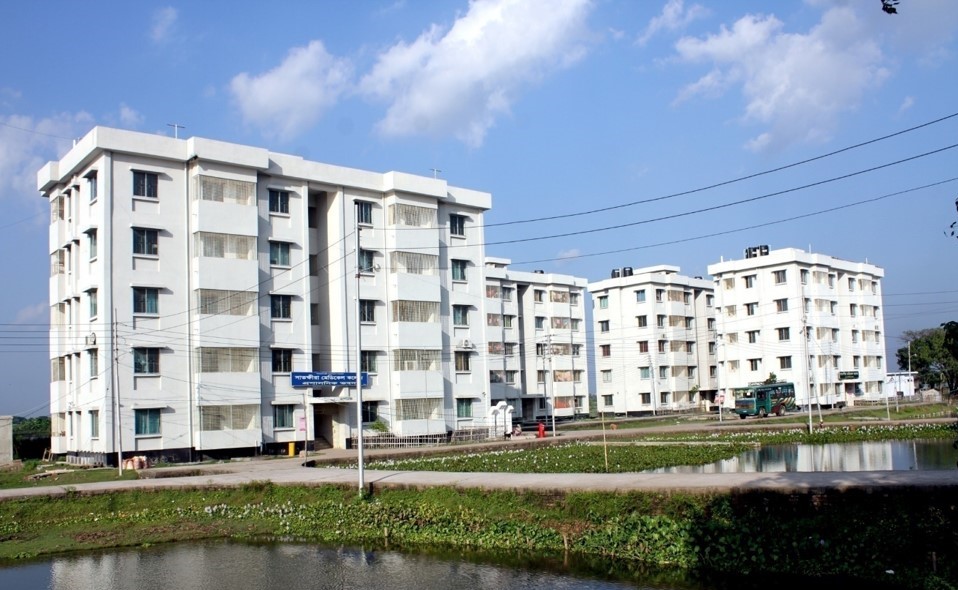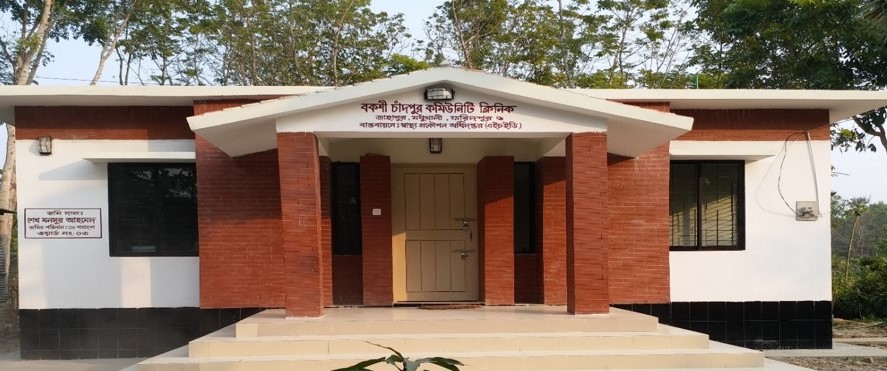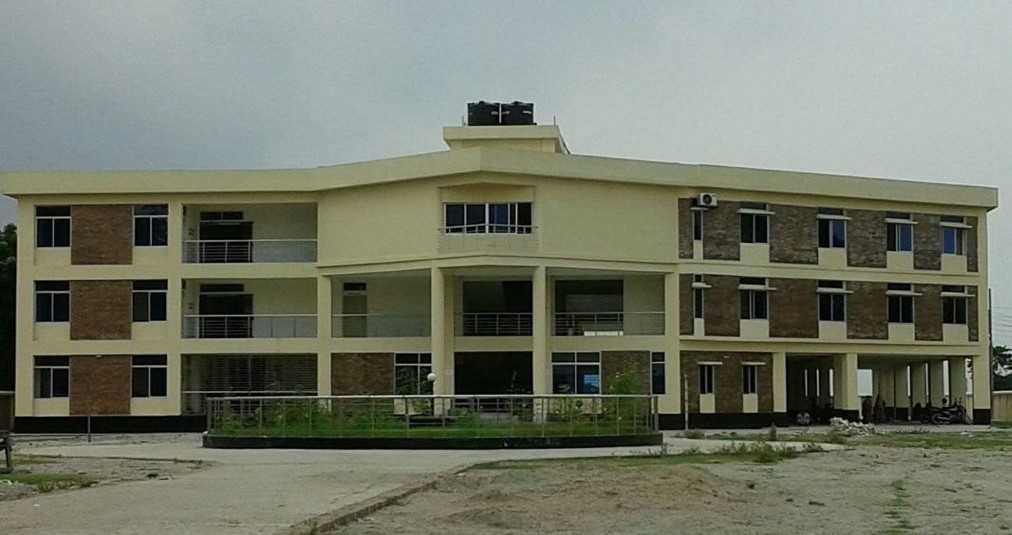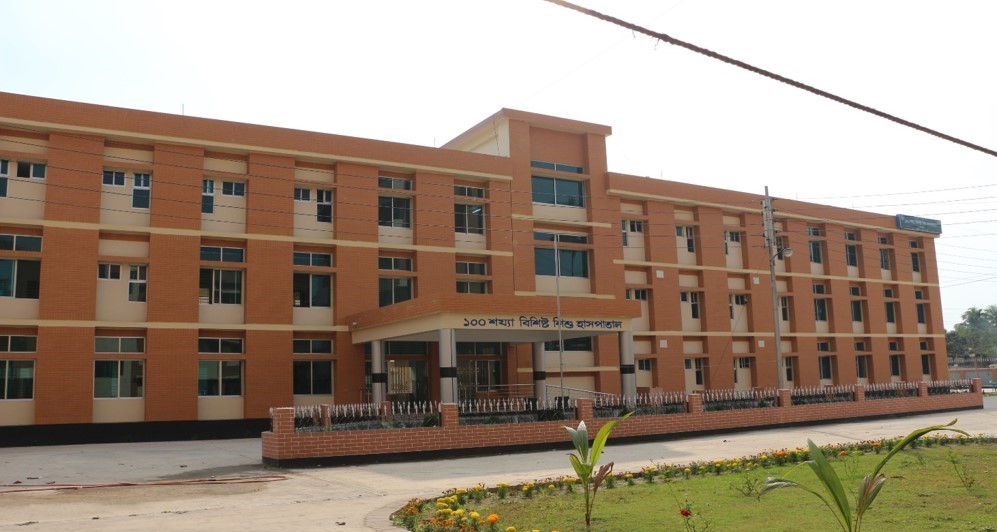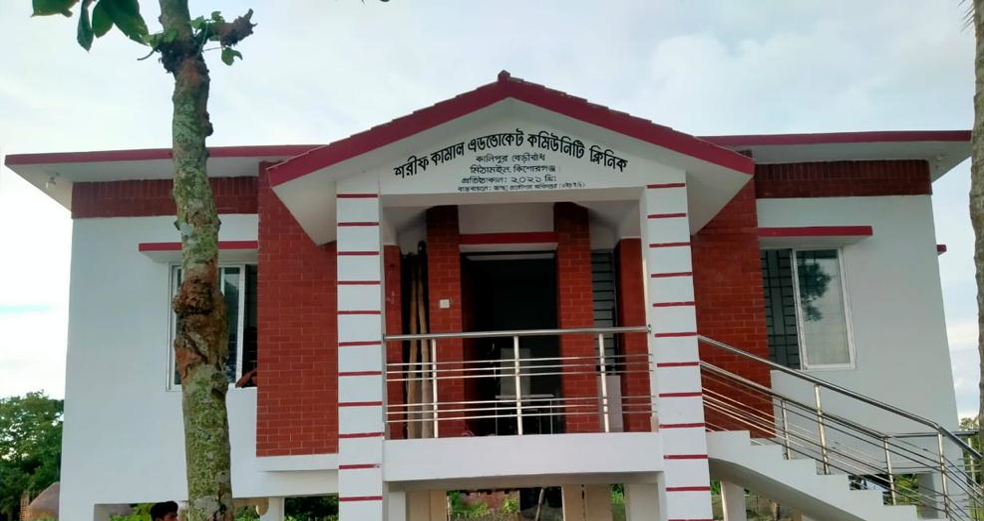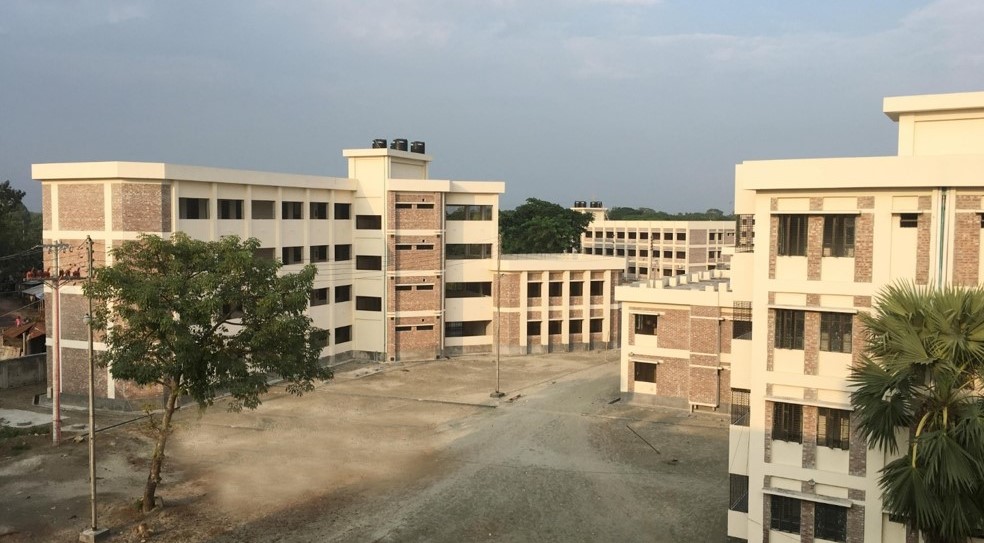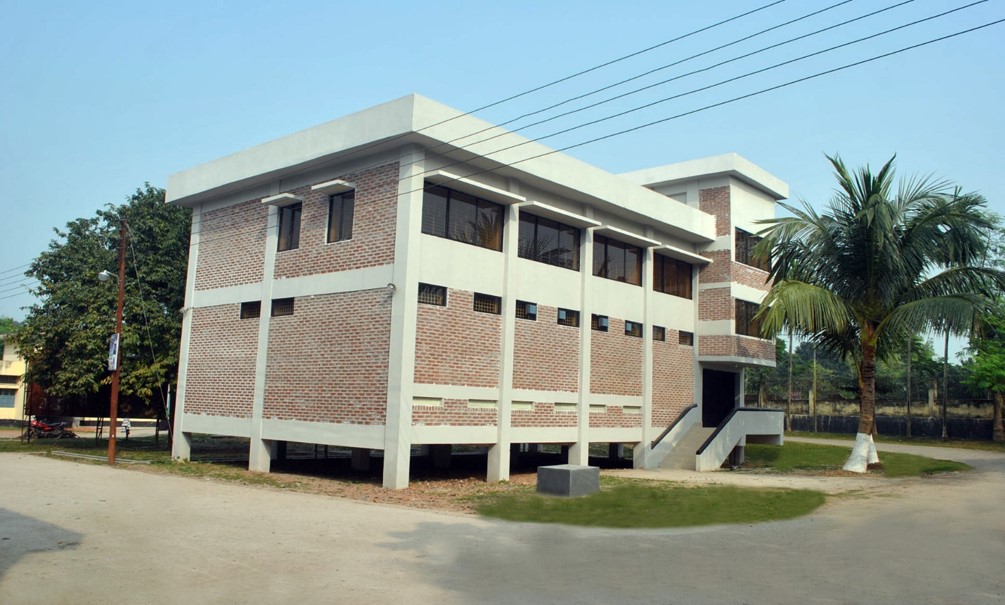Background of the project
Physical infrastructure has strong correlation with quality of health services, for which, this is one of the priority issues in health sector development in Bangladesh. Hence, the Govt. of Bangladesh has given emphasis on infrastructure development in terms of new construction, upgrading, repair and maintenance of physical structures. Accordingly, significant portion of the budget was allocated in Physical Facilities Development (PFD) OP, which is responsible for infrastructure development in HPNSDP. However, during implementation, priority was put on new construction and upgrading, while little emphasize was given on repair and maintenance in terms of developing a comprehensive maintenance plan. Also, the newly constructed or upgraded facilities were not systematically synchronized with provision of equipment and human resource, for which those could not be turned into effective service providing centers. From the importance in the health system and from the volume of financial investments, physical infrastructure development should be put especial emphasis in the 4th HPNSP.
PFD OP is responsible for physical infrastructure development in HPNSDP. Apart from developing infrastructure through HPNSDP, MOHFW has other discrete projects (29) in which physical facilities are being developed. However, while PFD only builds the infrastructure in HPNSDP (leaving equipment supply to ESD and HSM), discrete projects included in the ADP have contributed in the construction and equipment supply incorporated into the same DPP.
There is a time lag between investment made on construction and making those infrastructures operational as service centers for the health-seeking public. Over the years, it has been seen that the completed infrastructure could not be operationalized due to supply side barriers like provision of equipment and HR. PFD’s work is independent of other OPs of HPNSDP, but it has linkages with related OPs like HSM, ESD and HRM. Due to limited coordination, HRM, HSM and ESD often do not have adequate planning or resources to make supply of required equipment and HR. A comprehensive master plan for civil works might have helped the concerned OPs in this regard. However, no such master plan has been prepared by PFD-OP till date, even though it was an important component of that OP.
The uniform decision of upgrading 31 bed hospitals to 50 bed did not reflect or meet the need of all upazilas. Significant number of these hospitals remains underutilized, while some of the upgraded hospitals may still have excessive patient pressure i.e Bed occupancy rate more than 100% and require further expansion. Moreover, the construction of 10/20 bed facilities in many cases has left MOHFW with the unresolved problem of how to make those functional. In contrast, the need for construction of UHC in the tribal areas or the urgency of meeting central/regional warehouses for family planning or having facilities for drug storage in the hospitals etc. have failed to receive the attention that these deserve. This calls for the need for adopting objective criteria for deciding on prioritization for construction/maintenance.
Repair and maintenance is another concern of the structures. Some of the facilities like MCH, DH, UHC and union-level facilities were constructed long time before and need major overhauling and maintenance. A thorough assessment of maintenance needs is required followed by the development of a comprehensive maintenance plan for infrastructure and equipment, as was included in PFD OP. However no step has so far been taken by the PFD OP for developing a comprehensive maintenance plan.
The Government of Bangladesh has separate Health, Nutrition and Population Policies. The main focus of these policies is to build a healthy Nation. The Policies address the issues like access to service, deprivation of nutrition and also gender gaps. With a view to achieving the above targets and to uphold the National Policies, the MOHFW has taken a massive program for construction, up gradation & renovation of facilities at primary, secondary and tertiary levels for adequate preventive, clinical and rehabilitative care.
During the period of HPNSP, MOHFW will try to strengthen its coordination and functional relationship with other ministries involved in providing health services. It will try to bring gradually new and existing parallel projects of MOHFW under SWAP modalities. A true SWAP would encompass both urban and rural health services as well as the buy in and participation of other players, including the Ministry of Finance (MoF). In addition, it would include a clear strategy for working with the private sector- something which is essential given that more than half of all health expenditures in Bangladesh takes place in the private sector.
The vision is to see the people healthier, happier and economically productive to make Bangladesh a middle income country by 2021. The strategy inter alia aims at expanding access of people to health services and to increase coverage and quality of services. The Operational Plan is quite in line with the vision and seeks to improve the health of the population of the country. The strategy shall by and large convert a vast section of the country's population into healthy and productive manpower which in turn shall help reduce the present unemployment and poverty in the country.
In the 7th Five Year plan the strategy of the Government of Bangladesh for economic growth and social development is very much related to the poverty reduction through human development. Government is committed to ensure that its citizens are provided with opportunities to realize their full potential. Reducing poverty and improving health are two pre-requisite to achieve this objective. Better health is a direct outcome of economic development and an stronger economy brings about a radical improvement in the health status of a country's people. Economic growth depends on improved productivity, which is only possible if there is healthy workforce with appropriate education and skill. PFD is going to address these issues by increasing coverage, improving efficiency and effectiveness in resource utilization and improving the distributional effectiveness of its service by targeting public resources better to priority needs.
